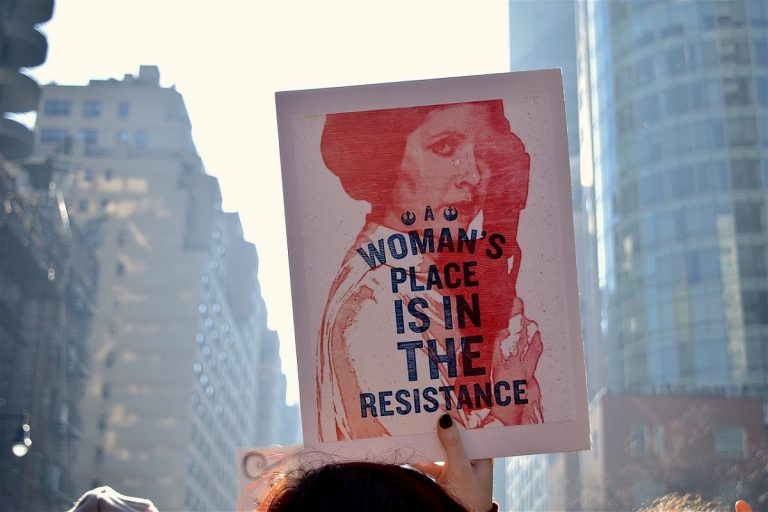Women are still fighting for equal rights every day.

International Women’s Day has arrived once again. This year this day will celebrate the political, social and economic strides that women have made this year. Start from Kamala Harris who being elected the first female Vice President of the United States to tampon tax being scrapped in the UK.
Women need International Women’s Day 2021
Even though celebrating women’s achievements is a vital part of the cause, IWD is equally about amplifying the injustices we still face in society. This year’s theme is ‘Choose To Challenge‘, which is why there’s been no better time to highlight some of the issues women still face in 2021.
Family life
Lockdown made women under pressure around the world and made the gap between men and women’s roles impossible to denial. Women were spending three times as many hours on unpaid domestic caring work as men, on average. Then the schools closed, families have to stay indoors for long periods and limited childcare choices.
Research for UN Women carried out in November, showed that the number of time women spent looking after their children had grown by 5.2 hours a week for women in the last year (compared to just 3.5 hours for men). Data also shows that parents are getting 7 per cent more help from their daughters than their sons around the house, suggesting that gender norms are still very much engrained into the next generation.
Work-life
Based on the Institute For Fiscal Studies, a large proportion of the industries shutting down due to Covid-19 have a ‘traditionally female‘ workforce. It’s 36 per cent of young women had careers in sectors that have been closed down for long periods, such as restaurants, shops, salons, leisure facilities and tourism. It opposed to 25 per cent of young men. A survey by Pregnant Then Screwed found that 15 per cent of women had been made unnecessary, or expected to be, in the last year. Experts worried because they considered women’s progression in the workplace could now be set back by more than a decade’, after years of real progress towards closing the gender pay gap.
Women’s health
Jo’s Cervical Cancer Trust reported that women missed their smear tests due to the pandemic. According to the director of the UN Population Fund Dr Natalia Kanem, the pandemic has severely disrupted access to sexual and reproductive health services that women across the world so vitally need then routine care for endometriosis has been “severely disrupted”.
Education
Action Aid reports that around the world, 9 million girls of primary school age will never start school or enter a classroom, It was in comparison to three million boys. The charity reports that many girls are still dropping out of school because of “violence and prejudice” globally. Even Charity African Women Rising found that many boys “will be prioritised” when it comes to sending kids back to school, as some families won’t be able to afford to send all their kids back, thanks to the economic knocks they have faced. Plus, there are fears that in more teen pregnancies, meaning girls have to drop out of school.
Sexual abuse
Research from Plan UK revealed that over 25 per cent of women feel less safe outside than before. A quarter would rather not exercise outside alone, and a third have even reached a point where they have stopped leaving the house altogether because the harassment became too much. Online sex abuse rose by 106 per cent during the lockdown, expressing a very real threat to young girls (and boys) growing up in the digital age.
Domestic violence
In their lifetimes, one in four women will suffer from intimate partner violence. It might be because given the ‘stay at home‘ orders have been under for much of the last year. ONS statistics have shown an increase in domestic abuse-related offences during the first UK national lockdown in comparison to the same period in previous years.
The police recorded 259,324 domestic abuse-related incidents between March to June 2020. It means there was a seven per cent increase from 2019 and an 18 per cent increase from 2018. Surprisingly, the largest month-on-month increase (9 per cent) taking place between April and May 2020. While the government have injected cash into the system, charities argue that facilities still aren’t coping with increased demand. Sarah Davidge, Research and Evaluation Manager at Women’s Aid said:,”This current crisis could not come at a worse time after years of debilitating cuts.”




